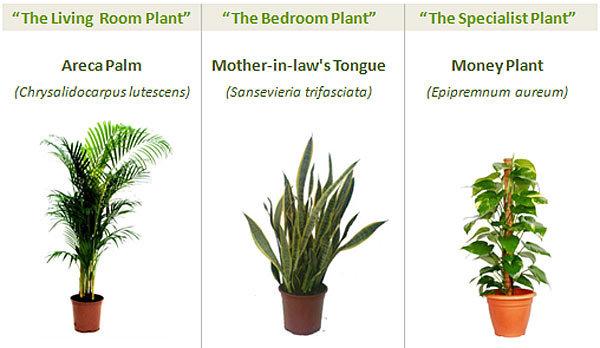Can you cut 1 Tonne of carbon pollution out of your life?
Take the challengeSick building syndrome or "SBS" is a condition caused by poor indoor air quality that affects people spending time in poorly ventilated spaces. Symptoms of SBS can range from mild irritation of the eyes, nose, throat or skin to coughing and wheezing. Neurotoxic effects such as headaches, fatigue, and irritability have also been associated with SBS.
Everyday activities in your home (such as cooking, cleaning, heating and smoking) can contribute pollutants to the air you breathe. And household items like carpets, furniture, computers, detergents and paints can give off harmful chemicals called Volatile Organic Compounds. With little ventilation compared to an outdoor space, it's no wonder that indoor pollutants can build up so quickly…
Did you know? Toxic air can affect more than just your respiratory system!
Results of a new study are causing concern: chronic exposure to indoor air pollution is also linked to obesity
What's the remedy?
Researchers at the University of Technology Sydney are prescribing plants as the antidote for SBS.
Dr Fraser Torpy, the director of the research group at UTS, explains "A medium-sized plant (anything above about 20cm) in a room will make really big reductions to those particular chemicals."
How does it work? Plants absorbing air pollutants like CO2 and VOCs and converting them back into fresh Oxygen through their photosynthetic process.
[Infographic] How do indoor plants clean your air?
Improve indoor air quality of your home or office space using these 3 common plants!

Image source: Green Upgrader
1. Areca palm – coverts carbon dioxide (CO2) into oxygen (O2) during the day
2. Mother-in-law's tongue – coverts CO2 to O2 at night! (Just be careful if you have pets or young children as this plant can be toxic!)
3. Money plant – removes formaldehydes and other nasty chemicals!
Plant care is simple: All you have to do is wipe the leaves with a damp cloth or sponge once a day, although it may take you a while to find the right "spot" for your plant so that it thrives. Check out this infographic for indoor plant care tips.
(You need 3-4 plants per occupant of the space.)

[WATCH] Researcher Kamal Meattle explains how to grow fresh air
Could growing fresh air make you more productive?
For the last 15 years, researcher Kamal Meattle tested plants at Paharpur Business Centre and Software Technology Incubator Park in New Delhi, India so study the affect they would have on productivity. There were 1,200 plants for approximately 300 building occupants.
The building was dubbed the "Healthiest Building in New Delhi" due to these unbelievable stats:
- 52% reduced incidences of eye irritation
- 32% reduction in respiratory system irritation
- 24% reduced incidences of headaches
- perhaps the impressive of all…20% increase in human productivity
A Green Solution to Air Pollution!
Planets are a planet-strong alternative to using an energy-sucking electronic air purifier. Plus, the greenery is a much more aesthetically pleasing and will brighten up any home or office space!
Check out this DIY planter for some inspiration on how to incorporate plants into the décor of your home or office space!

all images: Shutterstock (unless noted otherwise)
For more ideas on how to reduce indoor air pollution in your home, read these next:
Seven simple ways you can reduce indoor air pollution in your home
Top 10 Native Plants to purify the air
1 Million Women is more than our name, it's our goal! We're building a movement of strong, inspirational women acting on climate change by leading low-carbon lives. To make sure that our message has an impact, we need more women adding their voice. We need to be louder. Joining us online means your voice and actions can be counted. We need you.

